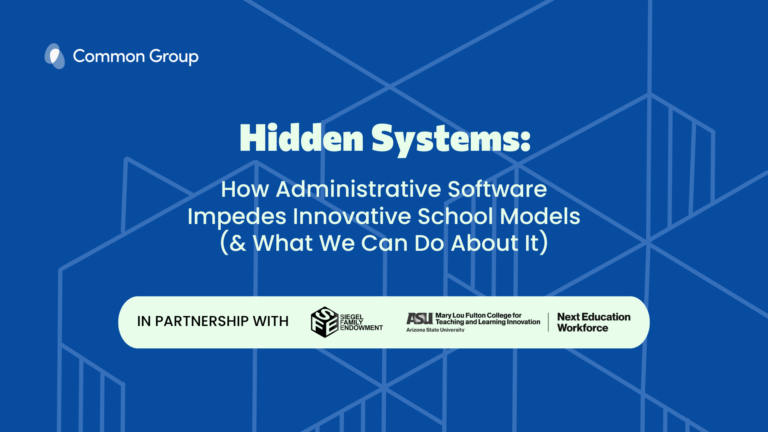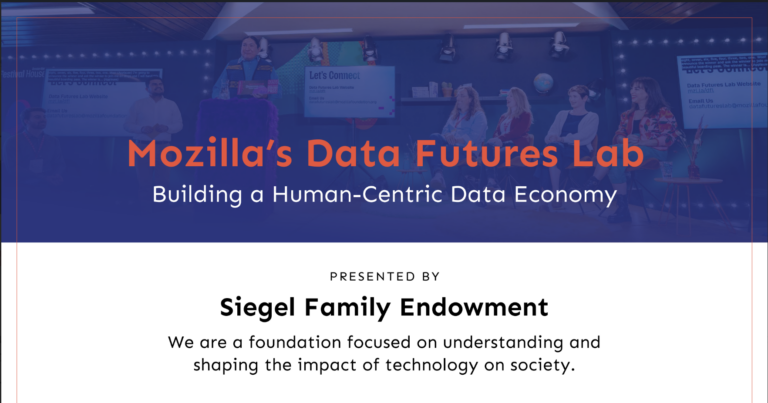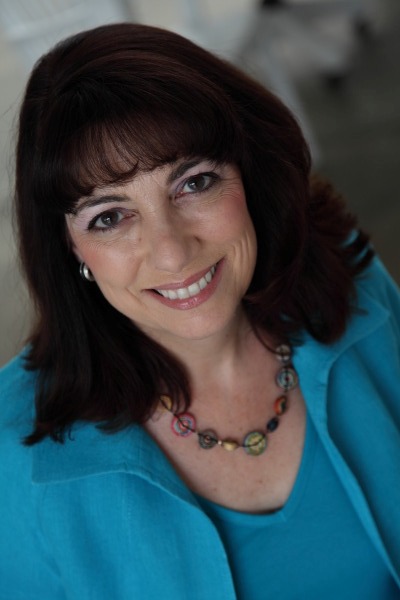
How the Museum of Science is helping elementary educators bring engineering thinking to their classrooms
As science and technology increasingly shape our lives, the Museum of Science, Boston strives to equip and inspire everyone to use science for the global good. Among the nation’s largest science centers and one of New England’s most attended cultural institutions, the Museum of Science engages nearly five million people a year—both through the physical museum at Science Park in Boston, and through the innovative, award-winning engineering and computer science supplemental curricula division of the museum, known as EiE®.
Since 2003, EiE has provided curricula and professional learning opportunities to help educators empower students PreK–8 to learn to think as engineers, and to help all students, regardless of background, see themselves in STEM. Now, to further this mission, EiE is developing an online course for K–5 educators to learn how to apply the concepts that are central to EiE programs to their own teaching practice, regardless of what STEM curriculum they use.
We discussed the new course with Heather Gunsallus, Vice President of STEM Education and Becky Cole, Product Marketing Manager for EiE. They told us about their vision for the course, the impact that they hope it will have for users, and how it came about.
Many folks from the Boston area will be familiar with the Museum of Science, but they may not know that the museum has a larger footprint nationally through its EiE curriculum. How does the work of EiE complement the work being done within the museum walls? And how is it broader?
Heather: EiE’s mission is to engage people in world-class STEM learning beyond the physical bounds of the Museum by making engineering and computer science learning fun, engaging, and accessible for in-class and at-home learning.
By supporting educators with award-winning teaching materials and world class professional development opportunities, we can ensure that students have access to high-quality STEM learning opportunities wherever they are. We hope to provide all educators with professional development opportunities that provide them with the necessary competence and confidence to teach core STEM subjects.
That’s why we’re working with the Siegel Family Endowment—to create an asynchronous, curriculum-agnostic course for educators about the foundations of computer science and computational thinking. Agnostic from any specific curricula, this will give educators—not just those using EiE—the necessary background to integrate this essential topic into any teaching practice.
You mentioned that the course can be used by any educator, regardless of what curriculum they are using. Are there other ways in which you expect that this course will be able to reach more educators than your typical EiE PD workshops?
Heather: There is this enormous need to reach educators where they are, anytime, anywhere. Not just in eight-hour or in half-day, in-person workshops, but because the course is available online, asynchronously it’s allowing those educators that flexibility of learning anytime, anywhere, on their schedule.
They can take this computer science and computational thinking course if they’re sitting waiting for their car to be worked on. They can do it in their pajamas at night. They can do it as a group in their learning time at school. For additional support, EiE can even facilitate online or in-person workshops where we go through some of the content together.
The course format really allows the model to be expanded too. As a result, we can expand the reach of who we’re able to impact. We can go broader than traveling workshops, hosting workshops at the Museum, or even Zoom calls because you’re no longer constrained by a specific time frame for learning.
Becky: An added value is we’re really trying to help educators to feel confident and to feel that they can do this. And sometimes it’s nice to be able to do that on the sidelines a little bit. The course provides increased flexibility and accessibility, so that you can do this anywhere, when it works for you, so you can become more comfortable with these subjects on your terms.
That’s a really interesting point about the need to help educators become more comfortable with teaching computer science and computational thinking. How is your course designed with that idea in mind?
Heather: Not all schools have STEM teachers, and historically, elementary educators tend to be more confident, comfortable and experienced with teaching literacy/reading. So, going back to Becky’s comment about comfort and confidence, part of the reason why we wanted to create this course as curriculum-agnostic was really to be able to show and help those non-STEM elementary teachers see how they can easily integrate computational thinking and computer science into any math, ELA, social studies, music, art and/or science lessons.
For example, teachers examine the connection between what they’re doing in math from a problem-solving standpoint, and how that relates to decomposition in computational thinking. This course aims to give those educators who are teaching a math lesson the know-how and ability to weave computational thinking into the lesson at the same time.
Becky: I’d add that it’s our job to help educators understand that STEM and computer science and computational thinking do not need to be standalone subjects. It often feels to educators that they can struggle getting to those subjects when you have a room of seven-year-olds having trouble sitting down reading. As a solution, we would suggest a fun, hands-on activity that incorporates STEM and computer science into their ELA activity.
We know that educators are told that’s important to STEM into their teaching, but they’re not always given the tools to do that. One of our biggest jobs is to show educators how it can be done easily, and effectively alongside what they’re already doing.
What is the value of that integrated approach? What do you hope that students will get out of learning about computer science and computational thinking through other subjects?
Heather: With EiE, part of what we are trying to accomplish is to help every student learn how to solve problems, and to see themselves as engineers and scientists. If they don’t go into a STEM field, we have at least given them the tools to be well-rounded, fully equipped adults. They’ll have developed essential critical thinking skills, the know-how and the ability to work as a team, the ability to effectively communicate, and how to collaborate. It really is about giving them those foundational skills that are important, regardless of whether you go into a STEM field or not.
Becky: It’s building that confidence. As students progress, if they don’t have this exposure early on, they may not even be fully aware of the possibilities available to them. One of my favorite videos from EiE is where a first grader says, ‘I didn’t even know I was an engineer.’ It’s getting students to think about what their possibilities are.
How does the course achieve this integration and help educators to explain the career possibilities for students? Take me through the nuts-and-bolts of the course.
Heather: The course has five cycles. The first cycle is about problem solving, and the tools around problem solving. The second cycle is problem solving in computer science. In the third cycle we dive deep into computational thinking—what is computational thinking, its relationship to computer science, and how students can recognize when they’re using computational thinking. It also helps teachers identify those key learning moments in their students. The fourth cycle is getting into integrating math and computer science. And the fifth goes through various techniques for the effective integration of ELA and computer science.
In each cycle in this course, educators will go through a pattern for learning: Spark, Reflect, Tinker, Grow. The Spark is about just that—sparking interest, creating curiosity for the subject. Reflect is where they take note of, investigate and consider, exploring new strategies to enact and affect change in their teaching. Tinker and Grow tasks educators to go back into their classroom and do a piece of the actual curriculum work, and then reflect on it, adjusting, and growing. The whole course provides concrete examples that educators can take and apply in their classrooms.
An example of ELA integration would be as part of pattern recognition practice. In computer science, programmers regularly look for and use patterns to write efficient programs. In ELA, students learn to recognize the forms of different types of poems and understand how a rhyming pattern could help them choose or predict the last line of the limerick.
Are there ways in which educators will be able to build community around this course, even though they’re completing the course on their own, asynchronously?
Heather: That’s one of the things that we’ll be looking at as we begin to focus-test the course. This is where the blend of asynchronous and coaching really comes together. Our professional development team will be working closely with school leaders to help them build that sense of community around this course.
Becky: I think that will be an interesting component for the focus group to explore and observe whether and how teachers might benefit from that kind of interaction.
I know it’s hard to project too far into the future, but do you have a sense when this course will be out of pilot mode and available for educators, schools, and districts? What do you hope to learn about how well the model is working?
Heather: I think it’s safe to say that the course will be accessible in 2023!
Focus-testing will begin in December, and we’ll be piloting the course with around 90 educators in early 2023. What we believe the course will accomplish is improving educators’ ability to effectively integrate computer science into their lessons and improving their confidence and preparedness to facilitate computer science learning in their classrooms. Through the focus and pilots, we hope to learn whether the cycles provide the actual strategies to implement computer science learning in the classroom effectively. For example, did we do our job to help the educators understand the strategies and the connections for computer science in their math classroom?
On the student side, I think what would be interesting for us is to go back to those schools that are implementing and find out what changes are taking place, such as whether their math scores increased. We can’t necessarily draw the conclusion that we were the cause, but it would be nice to be able to see if there is some correlation.
Those are the kinds of things that we’ll be looking at as we seek to understand the impact of the course and whether we need to make adjustments.
Is there anything else that you’d want to add about the course and the change that you’re trying to make?
Heather: Part of my hope is that this course can get in the hands of educators that really need it, that the course gives them a boost in their confidence, and also a little bit of a reinvigoration on why they went into the education field to begin with.
Becky: I agree entirely. I hope this course gives educators a way to feel more prepared to teach these trickier topics with something that’s a bit more hands-on and engaging, or something that excites and gives them renewed inspiration.
Heather Gunsallus is Vice President of STEM Education for EiE at the Museum of Science, Boston.
Becky Cole is Product Marketing Manager for EiE at the Museum of Science, Boston.





